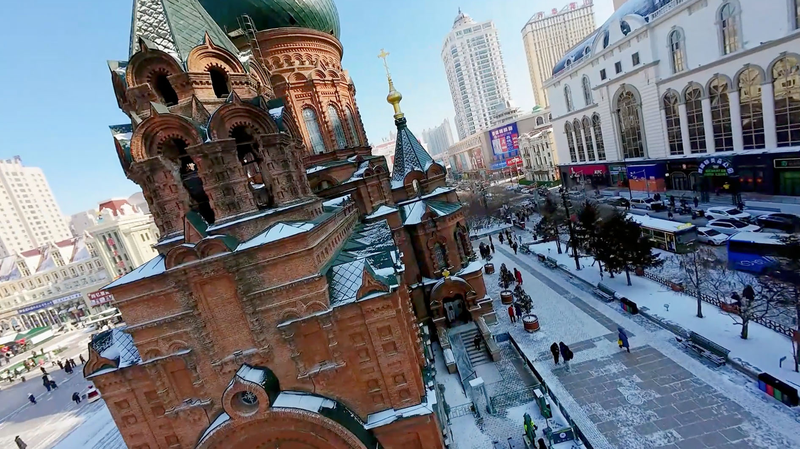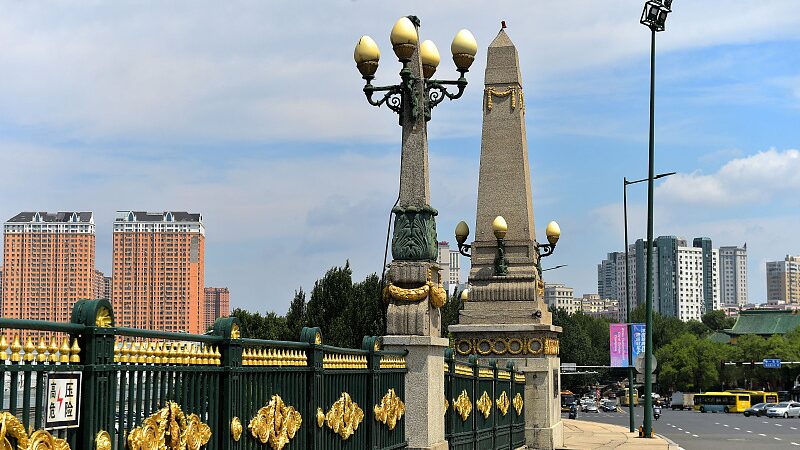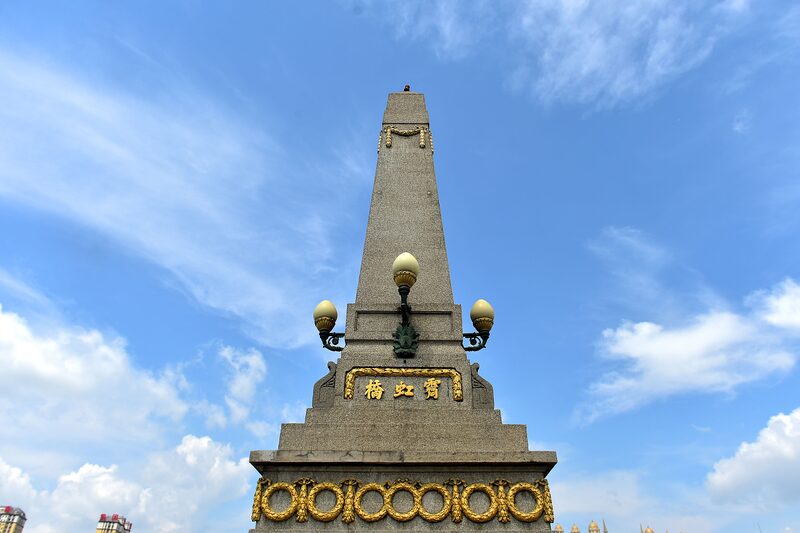In the icy embrace of China’s northeastern city Harbin, a drone’s eye view reveals a mesmerizing tapestry of history, culture, and frost-kissed beauty at Saint Sophia Cathedral. Built in 1907, this crimson-brick sanctuary—once a spiritual haven for Russian emigrants—now stands as a silent storyteller of cross-cultural heritage, framed by swirling snowflakes and the laughter of modern travelers. 🕊️
From above, the cathedral’s golden crosses glint against a porcelain-white sky, while couples in wedding attire strike poses that blend timeless romance with Instagram-ready aesthetics. 🎎📸 The juxtaposition feels almost cinematic: 21st-century adventurers mingling with century-old architecture, as if stepping into a real-life snow globe.
Why It’s a Must-See
Harbin’s subzero temperatures haven’t chilled its status as a bucket-list destination. Saint Sophia’s snowy courtyards buzz with photographers chasing golden-hour light, while street vendors sell steaming tanghulu (candied fruits) nearby—a snackable nod to local traditions. ❄️🍡
For young explorers, the site embodies TikTok-worthy wanderlust: imagine snow-dusted doves fluttering past neo-Byzantine arches, or your next profile pic framed by ice lanterns twinkling like frozen fireworks. ✨
Winter’s Timeless Dance
As drones capture Harbin’s magic from new angles, Saint Sophia reminds us how modernity and history can waltz gracefully—even at -20°C. Whether you’re a culture buff, a travel vlogger, or just craving a frosty adventure, this cathedral’s frozen poetry awaits. 🧊📖
Reference(s):
cgtn.com





